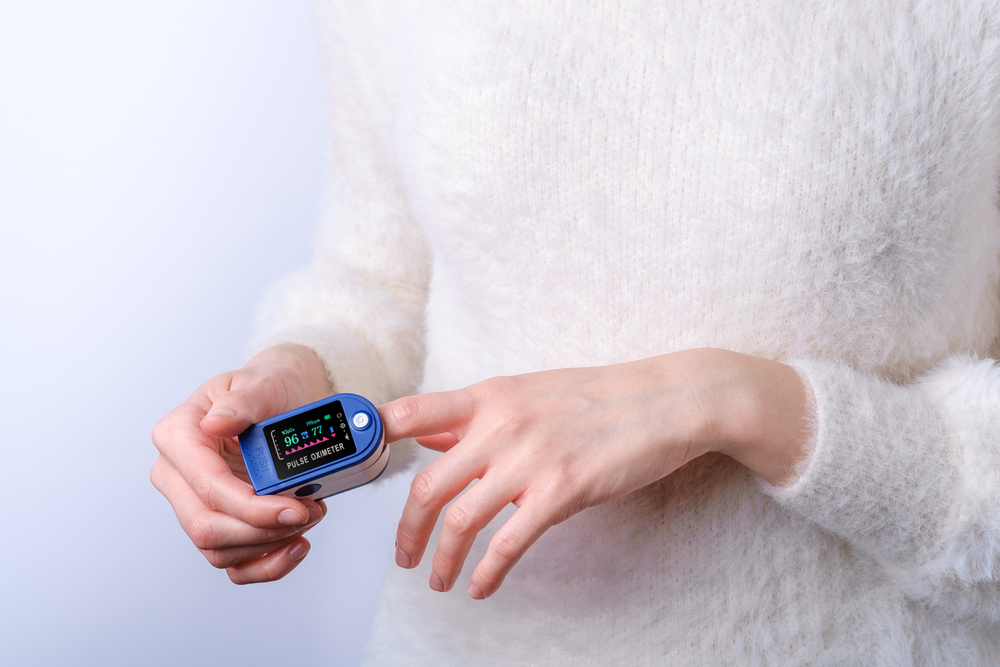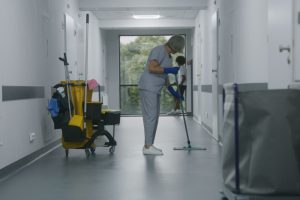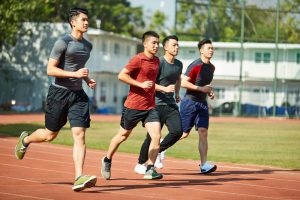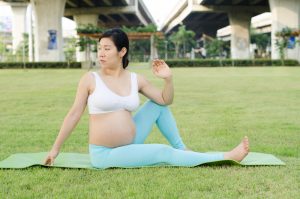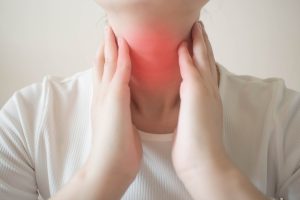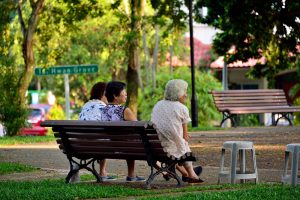Each Singaporean household is entitled to one oximeter each, as part of the Stay Prepared COVID-19 response by Temasek Foundation initiative. What are these oximeters, and how do they work? How is the use of oximeters related to COVID-19? Read on to find out more.
What is an oximeter?
An oximeter is a non-invasive device that measures oxygen saturation. It checks how well the heart is pumping oxygen through the body. The device can measure the efficiency of oxygen transportation to extremities far from the heart such as the legs and arms. It can be handy when it comes to monitoring individuals suffering from asthma, pneumonia, lung cancer, amongst other respiratory illnesses.
How does it work?
The peg-like device is often attached to the fingertips, though it can also be clipped onto toes and ears, and leverages on haemoglobin to produce its readings. Haemoglobin is a component of red blood cells (RBCs) that enables RBCs to carry oxygen around the body. The oximeter determines the amount of oxygen the haemoglobin is carrying by shining two lights: one red, visible to the human eye, and the other infrared, which is invisible to the human eye. Blood with a higher oxygen content absorbs more infrared light and allows more red light to pass through it. Blood with a lower oxygen content absorbs more red light while allowing more infrared light to pass through it. These measurements are then scored as a percentage (out of 100).
What is a normal reading?
The normal blood oxygen saturation level for a healthy person is around 95-100%. Anything lower than 95% could indicate lung issues. Changes in oxygen levels could indicate a worsening lung condition. Such individuals may require supplementary oxygen or another form of treatment. In people suffering from pneumonia or children with lung issues, an oximeter reading can help to determine if the individual should be cared for in a hospital. They can also be used to assess an individual’s tolerance towards physical activity or analyse one’s breathing patterns when sleeping, such as in sleep apnea.
The use of oximeters amidst the COVID-19 pandemic
The sale of oximeters in some countries have recently been on the rise as both the individual, as well as health systems, invest in these devices to assist in the vigilant monitoring of COVID-19 systems as efficiently as possible. Singapore is one such country where all households are eligible for one free oximeter. This is part of the Stay Prepared initiative by Temasek Foundation.
The oximeter is NOT a tool to confirm the presence of COVID-19 but can alert to falling blood oxygen levels typical of some cases of infection with this virus. Thus, they are most appropriate for use by those at risk of breaking out with serious symptoms, such as the elderly, those with medical conditions like heart or lung disease which predispose them to greater risk.
One of the most fatal effects of COVID-19 is a “silent pneumonia” or “happy hypoxia” where infected individuals generally feel well when they in fact have damaged lungs and a threateningly low levels of oxygen. Such events can be difficult to notice without blood oxygen level surveillance, and this can be hazardous as this group can abruptly deteriorate. Oximeters, which provide a fast, non-invasive, pain-free way of testing oxygen saturation, are therefore recommended to have for use at home.



